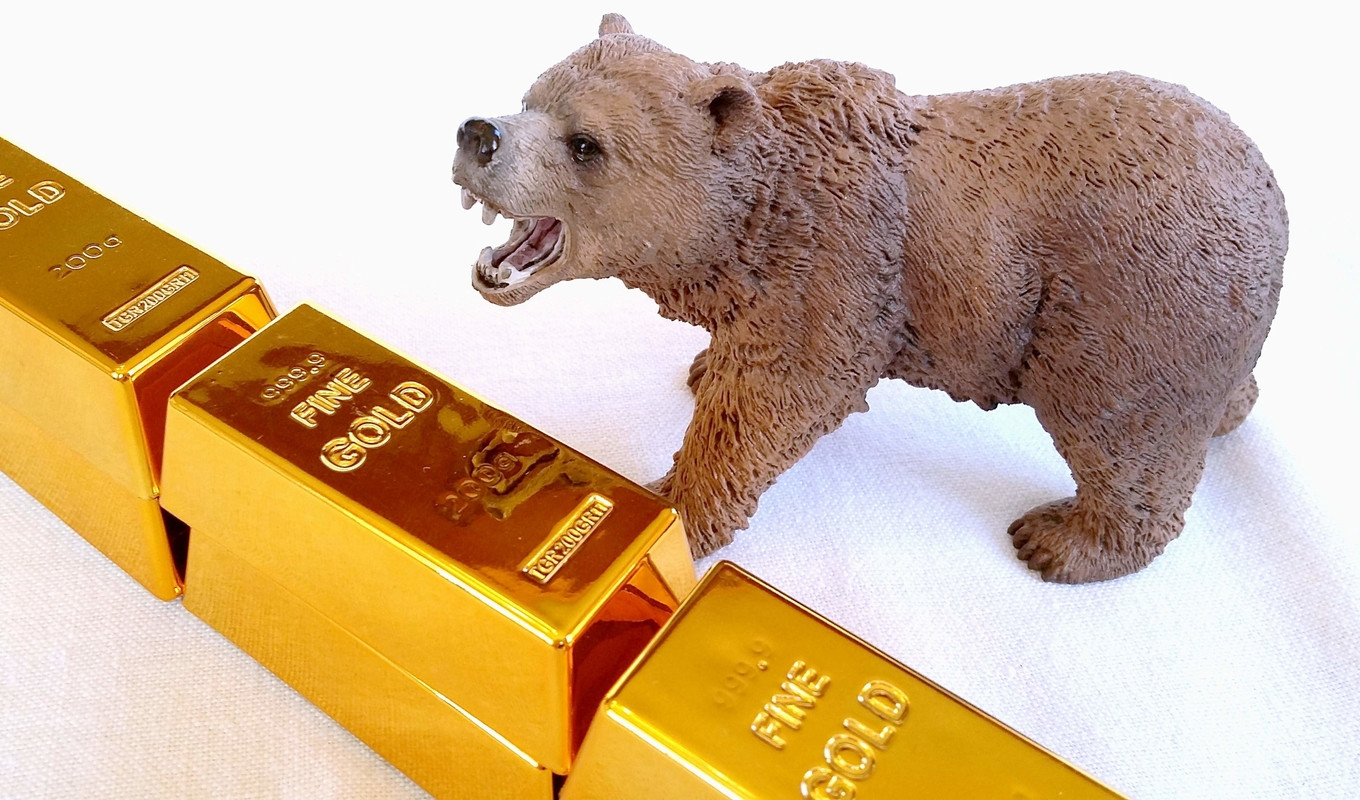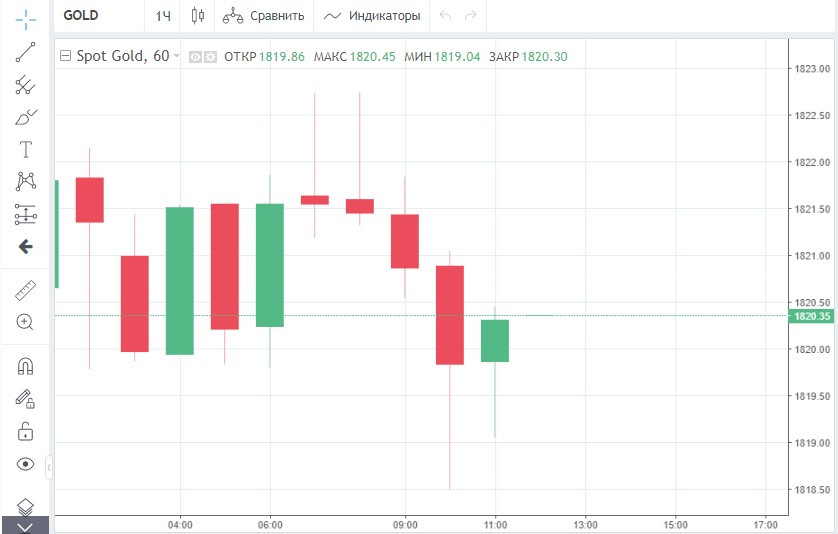
Yesterday, gold showed the fastest rise in the last three weeks. However, large hedge funds suppose that its dynamic is not confident. They expect a bearish scenario. What are the reasons for that?
Last week, gold added 1.2%, showing the most considerable weekly rise since November 12. Even the US labor market data, published on Friday, failed to cap the increase in gold prices.
According to the report, last month, the number of employed people in the non-farm sector jumped by 467 thousand, whereas economists had expected an increase of 150 thousand amid a rapid spread of Omicron.
Analysts suppose that forecasts for the US inflation are the main driver of growing gold prices. On Thursday, the US is going to disclose its consumer price report for January. Economists foresee that the indicator may surge to 7.3% on a yearly basis, thus hitting the highest level since 1982.
Expectations of record high inflation became stronger at the beginning of the week, thus pushing up gold. On Monday, the precious metal showed the strongest jump since January 19. The price added 0.8% or $14 to trade at $1,821.80.

The quote surged even amid the US dollar appreciation. Yesterday, the US dollar index reached 95.51 points.
Under the current conditions, inflation expectations is a more significant factor of gold price formation than the US dollar price or the 10-year bond yield.
Ross Norman, an independent gold analyst, supposes that the current forecast for inflation once again proves that the US Fed is well behind its plan to dial back the asset-purchasing program. As a result, it cannot cap the soaring prices. It is a positive factor for the precious metal.
Ross Norman thinks that gold has two technical targets. It has already reached the first one - $1,815. The next psychological level is located at $1,835. If the price breaks this level, it is likely to start rising faster to new highs.
However, most of his colleagues do not share his optimism about the precious metal. The closer the first Fed rate hike is, the fewer bulls we see in the gold market.
The recent report by the Commodity Futures Trading Commission showed that investment funds were abandoning their bullish bets on precious metals in favor of bearish ones.
Thus, during the week that ended on February 1, financial managers reduced their speculative gross long positions on gold futures by more than 32,300 contracts to 108,309. At the same time, short positions increased by 19,130 to 58,395.
Experts emphasize that hedge funds began switching to the bearish scenario after the Fed announced its decision to raise the benchmark rate in March.
"Market participants are likely to refrain from buying gold ahead of the US Fed's rate hike," Daniel Briesemann, an analyst at Commerzbank AG, wrote in a note.
Rupert Rowling, a precious metals market analyst, supposes that in the mid-term, gold prices will be shaped by how fast the Fed will implement its aggressive policy. This, in turn, depends on the inflation rate. If consumer prices show another jump, gold may decline.
Some analysts also think that the market has long been waiting for higher interest rates. That is why any change may lead to the US dollar rise, thus causing a sell-off of gold.





















